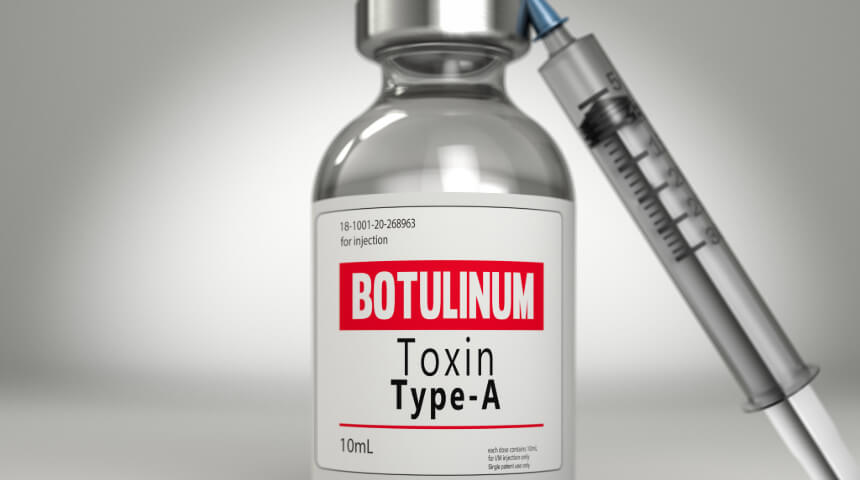When your little one goes off to daycare or school, they might come home with more than a craft project: hand, foot and mouth disease (HFMD). It’s a common viral rash that can quickly spread to the entire family.
While children under the age of 5 are the most likely to contract HFMD, older children and adults can get it, too.
What Is Hand, Foot and Mouth Disease
It’s caused by a viral infection called enterovirus. It spreads by person-to-person contact and is most common during warm weather months and among young school-aged children who play, sit and eat close to each other.
The virus is shared through touching or breathing in bodily fluids such as:
● Saliva, mucus or droplets from sneezing, coughing or sharing food and toys.
● Discharge from an open blister or sore from another child with HFMD.
● Feces, which is why it’s common in classes of children who aren’t potty trained.
Breastfeeding mothers are particularly susceptible to hand, foot and mouth disease from holding their sick children during nursing.
Although the name certainly sounds serious – and there is no current cure – the virus rarely lasts longer than two weeks. Most of the discomfort can be managed with over-the-counter pain medications such as acetaminophen or ibuprofen.
How To Know If Your Child Has HFMD
As the name suggests, hand, foot and mouth disease eventually shows up as a rash or series of blisters on your child’s feet and palms or as mouth sores. And because its symptoms take three to six days to appear, it quickly spreads throughout classrooms or nurseries during that incubation period.
Symptoms of HFMD include:
● One to three days of cold or flu-like reactions such as a fever, sore throat and sluggishness.
● Upset stomach or loss of appetite.
● Blister-like rash or painful mouth sores can develop and last another seven to 10 days. These are usually inside the mouth and along the tongue, on the fingers and palms of the hands, on the soles of the feet, and even on the buttocks or genitals.
What You Can Do To Prevent HFMD
While there is no vaccine or cure for HFMD, there are precautions you and your child can take to prevent its spread.
● Teach your child to cover their mouth and nose when sneezing or coughing and wash their hands after using a tissue.
● Reduce sharing of food, drink and personal items that might go in or near their mouth, including eating utensils and washcloths.
● Separate sick family members from others. Even hugging and sharing a bedroom can spread the infection.
● Disinfect any items or surfaces your child touches frequently. In the classroom, that includes toys, pencils, chairs and doorknobs.
● Wash your hands after changing diapers. If the child is older, be sure they wash their hands after using the restroom.
● Keep your child at home and away from others while they are sick. Generally, children should remain at home until they have no fever for 24 hours and the mouth sores and open blisters have healed.
● When sick, adults and children should wear a mask as much as possible to contain saliva droplets and mucus from speaking, sneezing or coughing.
If fever lasts longer than three days, call your pediatrician, especially if your child is younger than 6 months, already has a weakened immune system, if symptoms do not improve after 10 days or become more severe. And since mouth sores also cause pain with swallowing, make sure your child is drinking enough fluids to avoid dehydration.
hand, foot and mouth disease is not life-threatening and generally runs its course in a couple of weeks. Stock up on popsicles, let your child watch a little extra TV and do your best to help them stay comfortable. They’ll be back up and running in no time.
Are You Interested in Learning More?
Sign up for our e-newsletter for more tips and best practices from pediatricians.
Sign Up Here










